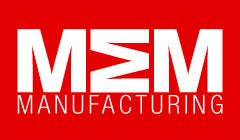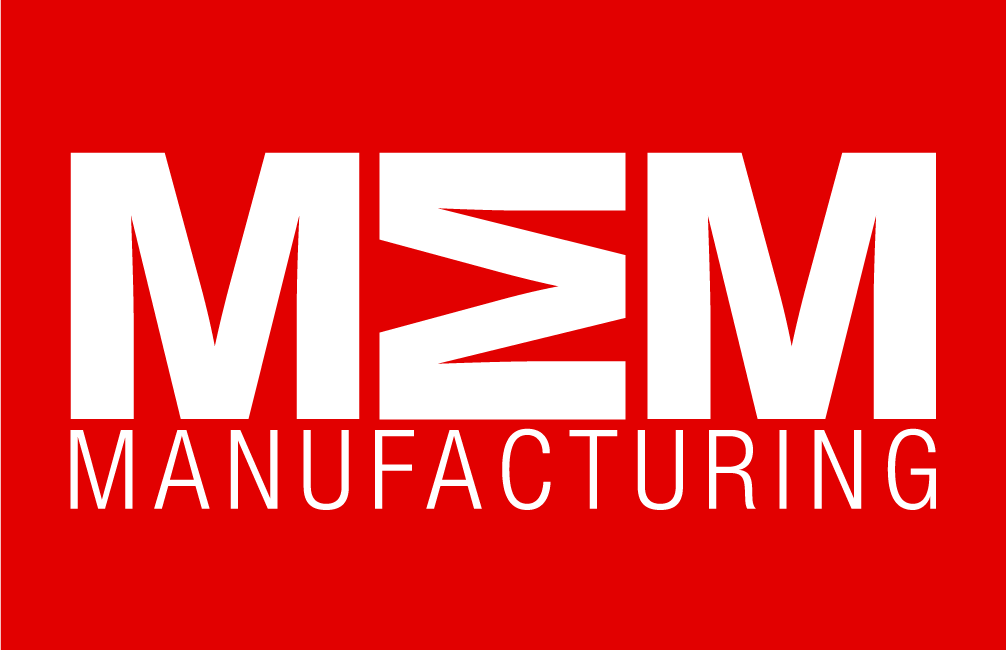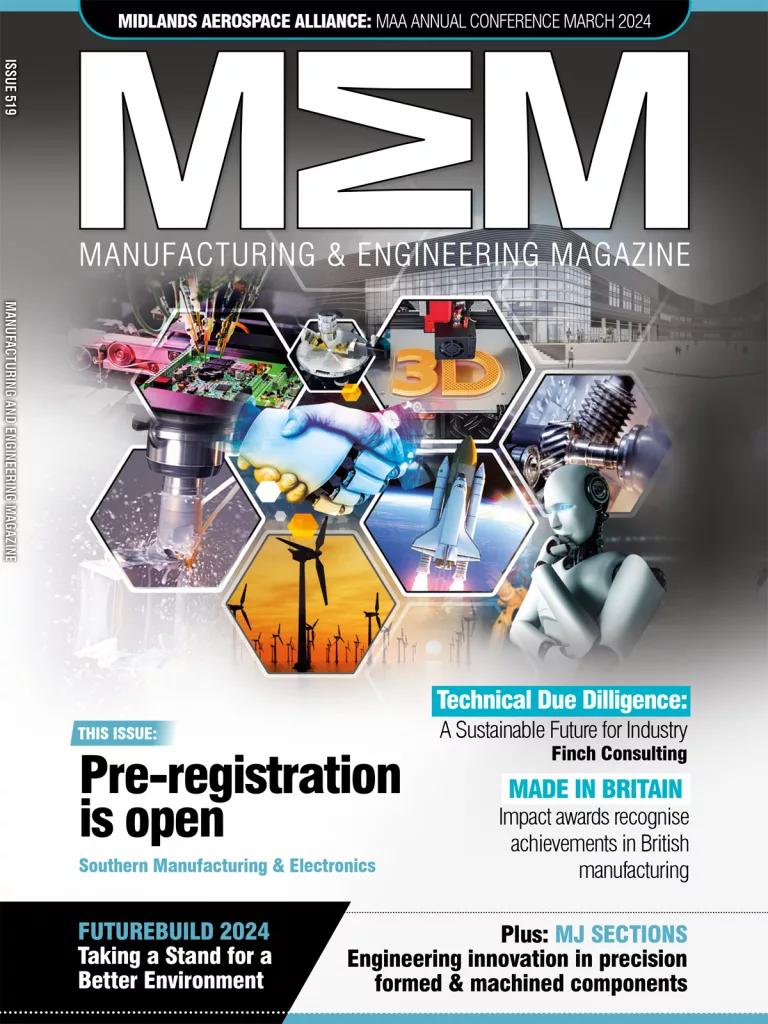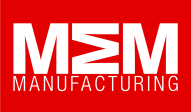DHL, the worldâs leading logistics service provider, released its latest DHL Trend Report today â 3D Printing and the Future of Supply Chains. DHL has been testing a variety of both 3D printing hardware and techniques for several years and has identified applications that have potential to redefine manufacturing and supply chain strategies. While the 3D printing market is estimated to grow between US$180 billion and US$490 billion by 2025, the report however finds it will not become a substitute for mass-production but a complementary process.
Matthias Heutger, Senior Vice President, DHL Customer Solutions & Innovation, said: The DHL Trend Report â3D Printing and the Future of Supply Chainsâ recognizes 3D printing as a transformative technology. However, it is not a magic bullet that will render factory mass production and manufacturing obsolete. Its exciting potential lies more in its capability to simplify the production of highly complex and customizable products and spare parts â and this could bring logistics and manufacturing closer together than ever before.
Redefining supply chain strategies
Also known as additive technology, 3D printing involves manufacturing products by layering heated plastic or metal injected from the nozzle of a 3D printer onto a plate to create a three-dimensional object, potentially replacing processes such as forging and molding at a fraction of the cost. It can lead to improved product quality, multiple products being made by a single printer, new types of products â and new supply chain strategies and models.
It has been adopted globally by the aviation, engineering, automotive and healthcare industries. Mercedes Benz Trucks has launched a 3D printed spare parts service and in healthcare, 3D printing allied to scanners is creating custom-made external and internal items from prosthetics to dental crowns. It is also being used for autonomous production in remote environments â a highly sought-after service by mining companies, space agencies, and the military to make critical spare parts.
A complementary technology
Factors currently limiting more widespread adoption of 3D printing â around since the 1980s â include lack of management knowledge, economic and technological issues. Many printers can use only one material and costs are still high for industrial-grade 3D printer. As well as facing warranty, liability and intellectual property issues, 3D printing needs to become faster, more agile and more advanced before it can become a core production technology.










